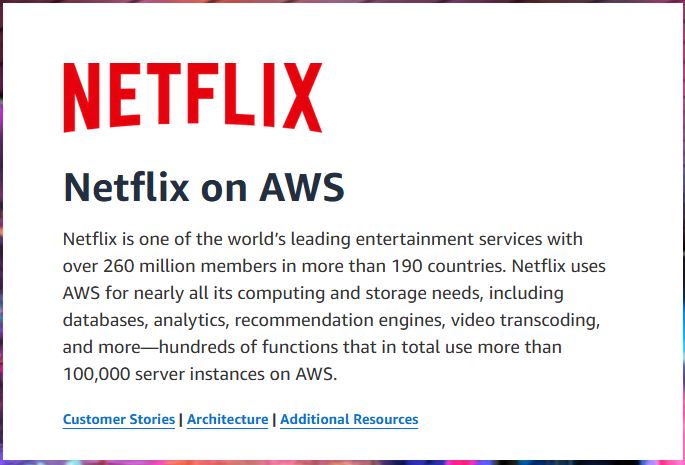Artificial Intelligence (AI) and cloud computing are two of the most transformative technologies in the digital age. Their convergence has created a synergistic relationship that enhances both fields, enabling unprecedented advancements and efficiencies. This article explores how cloud computing powers modern AI, the benefits of this partnership, and its implications for the future.

The Rise of Cloud Computing
Cloud computing has revolutionized how data is stored, managed, and processed. By providing on-demand access to computing resources over the internet, it eliminates the need for businesses to invest in and maintain their own IT infrastructure. This scalability, flexibility, and cost-efficiency have made cloud computing a cornerstone of modern technology.
AI and Its Computational Demands
AI, particularly machine learning and deep learning, requires significant computational power and vast amounts of data. Training complex models involves processing large datasets, which demands substantial computing resources. Traditional on-premises infrastructure often falls short of these requirements, making cloud computing an ideal solution.
How Cloud Computing Powers AI
1. Scalability and Flexibility: Cloud computing offers the ability to scale resources up or down based on demand. For AI projects, this means developers can access the necessary computing power during peak times, such as training models, and scale back during less intensive periods. This flexibility ensures optimal resource utilization and cost-efficiency.
2. Access to Advanced Tools and Services: Leading cloud providers like AWS, Google Cloud, and Microsoft Azure offer a wide range of AI tools and services. These include pre-built machine learning models, natural language processing services, and frameworks like TensorFlow and PyTorch. Such resources accelerate AI development and deployment, enabling businesses to innovate rapidly.
3. Data Storage and Management: AI thrives on data. Cloud computing provides virtually unlimited storage capacity, making it easier to manage and process large datasets. Additionally, cloud platforms offer robust data management solutions, ensuring data is securely stored, easily accessible, and efficiently processed.
4. Collaboration and Integration: Cloud platforms facilitate collaboration among AI teams by providing shared access to resources and data. This collaborative environment is crucial for large-scale AI projects involving multidisciplinary teams. Moreover, cloud services integrate seamlessly with various AI tools, streamlining workflows and enhancing productivity.
Benefits of the AI-Cloud Partnership
1. Cost Efficiency: By leveraging cloud resources, businesses can avoid the high upfront costs associated with setting up and maintaining on-premises infrastructure. They only pay for the resources they use, making AI development more affordable and accessible.
2. Accelerated Innovation: The combination of cloud computing and AI accelerates innovation. Businesses can rapidly prototype, test, and deploy AI solutions without the constraints of traditional infrastructure. This agility allows them to stay ahead of the competition and quickly adapt to changing market demands.
3. Enhanced Performance and Reliability: Cloud providers offer high-performance computing environments with robust reliability and uptime guarantees. This ensures that AI applications run smoothly and efficiently, providing a consistent user experience.
Future Implications
The AI-cloud partnership is set to drive further advancements in technology. As AI models become more complex and data volumes grow, the demand for cloud resources will increase. This symbiosis will lead to the development of even more sophisticated AI applications, from autonomous vehicles to personalized healthcare solutions.
Conclusion
The partnership between AI and cloud computing is a powerful force driving technological progress. Cloud computing provides the necessary infrastructure, tools, and flexibility to support AI’s computational demands, enabling businesses to innovate and thrive in a competitive landscape. As this relationship continues to evolve, it will undoubtedly unlock new possibilities and reshape the future of technology.
4o



